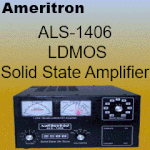New DigiMode — ROS. 1st QSO this evening.
Discussion in 'Amateur Radio News' started by GM4BRB, Feb 19, 2010.
- Thread Status:
- Not open for further replies.
Page 2 of 5
Page 2 of 5
- Thread Status:
- Not open for further replies.










